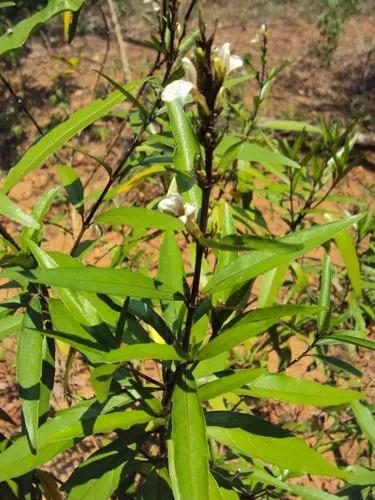Crataegus laevigata, known as the midland hawthorn, English hawthorn, woodland hawthorn or mayflower, is a species of hawthorn native to western and central Europe, from Great Britain (where it is largely confined to lowland ancient woodland) and Spain east to the Czech Republic and Hungary. It is also present in North Africa. The species name is sometimes spelt C. levigata, but the original orthography is C. lævigata.
Midland Hawthorn Care
Crataegus Laevigata



It is a large shrub or small tree growing to 8 metres (26 ft) or rarely to 12 metres (39 ft) tall, with a dense crown. The leaves are 2–6 centimetres (0.79–2.4 in) long and 2–5 centimetres (0.79–2.0 in) broad, with two to three shallow, forward-pointing lobes on each side of the leaf. The hermaphrodite flowers are produced in corymbs of six to twelve, each flower with five white or pale pink petals and two or sometimes three styles. The flowers are pollinated by insects. The fruit is a dark red pome 6–10 millimetres (0.2–0.4 in) diameter, slightly broader than long, containing two or three nutlets.
It is distinguished from the closely related common hawthorn, C. monogyna, in the leaves being only shallowly lobed, with forward-pointing lobes, and in the flowers having more than one style. Each style produces a seed, so its fruits also have more than one seed and these make them slightly oval, in contrast with the single-seeded and therefore round fruits of common hawthorn. The two species hybridise, giving rise to C. × media.'François Rigaud' has yellow fruit.
'Paul's Scarlet' (double red flowers), 'Punicea'(pink and white) and 'Rosea Flore Pleno'(double pink flowers) have gained the Royal Horticultural Society's Award of Garden Merit. These cultivars are considered by taxonomists to be derived from hybrids between C. laevigata and C. monogyna, within the named hybrid species C. × media.
How to Care for the Plant

Popularity

1,863 people already have this plant 372 people have added this plant to their wishlists
Discover more plants with the list below
Popular articles






